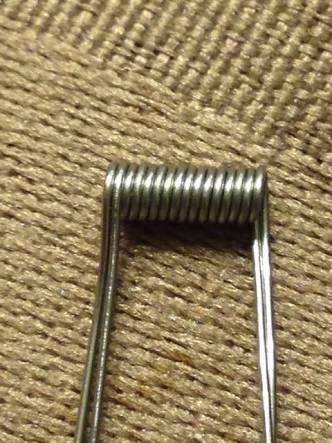Yes but the current will be limited by the circuit that's doubling the voltage.
So a regulated single battery mod should NEVER be able to output more watts than an unregulated single battery mod.
Which again leads to :
Either higher volts and lower current draw(or a higher resistance) for regulated. Faster heating.
vs
Higher current draw(lower resistance) and normal voltage for unregulated. higher temp.
So why do they?
You have overlooked PWM in your paper chase, thats probably where the golden egg is hiding.






